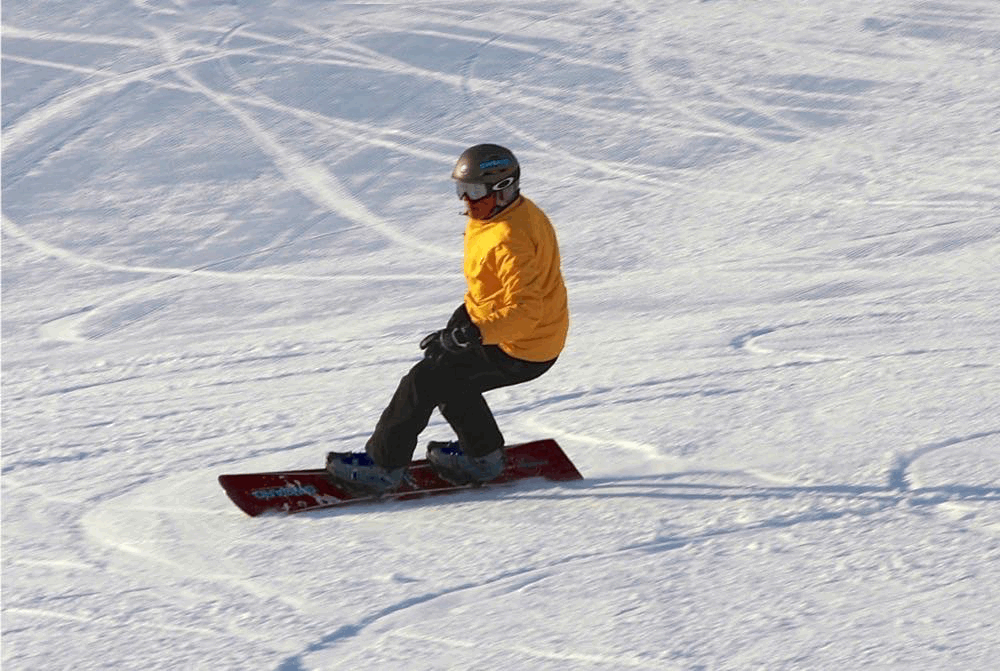@frunobulax
I'm glad you are explaining Swoard-EC technique. It's a pity that you never managed to join one of our meetings: 48 events in 15 years. Next week-end in Hintertux (Austria) could be a good opportunity, with many Germans. It would be nice to meet... and a tribute to Petr, Arnaud and ...

We could also talk and demonstrate various technical things (subjects like "plates" for example). In addition there will be a surprise with new gear (which will be nice for racers too).
@Lele
With my students I try to not put too many things in their heads, otherwise they mix everything and it gets worse. Go step by step. Your original question was about backside turn. But actually it's difficult to not talk about frontside turn as everything is linked.
Along to our long experience in the team, with hundreds of students, and to our friends' experience at Funcarve, a problem in backside often comes from a mistake at the end of the preceding frontside turn. We touch here one of the main points about Swoard-EC technique, which is inspired from surfing. Look at the surfers in waves, and especially their toes turns: they can't cheat with bound feet and can't let their board turn automatically with the help of edge shape, by simply balancing the body. They really drive their board by rotation of hips and shoulders, what gives more power on toes sides and heels side. Rotation technique promoted by Swoard brings many advantages for extremecarving which you can feel when you learn/accept it, especially in all snow conditions. In addition to the "push-pull" technique (as named by Jacques Rilliet), which is the work made with the legs with specific timing, you get not only a technique for EC, but also for easy carving and even riding in deep snow with fluidity.
See the excellent text in the
Almanach here (to which we contributed) and of course in the pages
here.
But again, don't place too many things in your head.
The best would be to participate to one of our events of the Swoard Demo Tour, as we give tips and lessons on the snow.
Finally the board which you have under the feet has a big influence. Many many boards are not closing the turns (they make what we called "banana turns", quite open curves), and/or are locking in the turns. We have worked hard and are still working on making boards with highest performances for what we like and letting us being the pilot.
Here is an original animation made by Pierre Régnier who filmed me. Pierre has written a book about snowboarding and developed an App for smartphone:
TheSnowCoach.

I hope this helps a bit.

I'm not totally satisfied by this animation (I'm too perfectionist), but it's OK.
Along to what you write in you last post, I suspect that you are not closing enough your preceding (fronstide) turn. Going "uphill" is important. Both technique and proper board help.
Patrice Fivat


